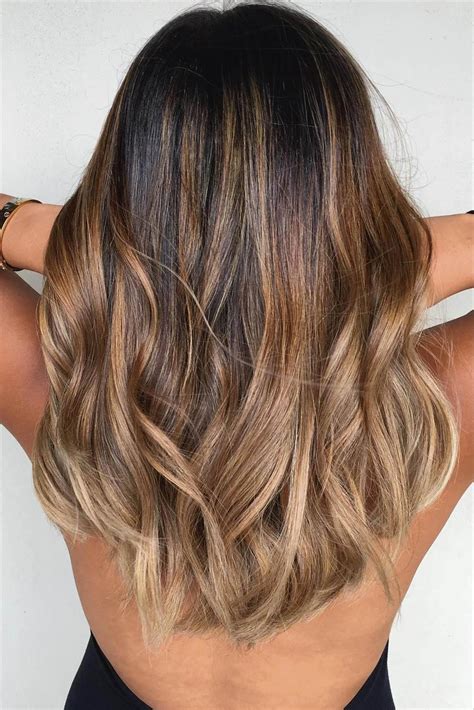Balayage and highlights are two popular hair coloring techniques that can add depth, dimension, and style to your locks. While both techniques involve lightening strands of hair, they differ in their application and overall look.

Balayage: A Sun-Kissed Masterpiece
Balayage, a French term meaning “to sweep,” involves hand-painting color onto the hair freehand. This technique creates a more natural-looking, sun-kissed effect that gradually blends from dark roots to lighter ends. Balayage is particularly flattering on long or layered hair, as it creates a sense of movement and depth.
Highlights: Precision-Placed Brilliance
Highlights, on the other hand, involve applying color to individual strands of hair using a foil or cap. This technique allows for more precise placement and control over the color intensity and placement. Highlights can be used to create a variety of looks, from subtle accents to bold, contrasting streaks.
Choosing the Right Technique for You
The best hair coloring technique for you depends on your desired look and hair type. If you prefer a natural, blended effect, balayage is an excellent choice. For more dramatic or precise highlights, highlights are a great option.
- Dimension: Both techniques add depth and dimension to hair, creating a more flattering and dynamic look.
- Versatility: Balayage and highlights can be tailored to suit any hair color, length, and texture.
- Low Maintenance: Balayage and highlights typically require less frequent touch-ups than other hair coloring methods, making them a convenient option.
- Healthier Hair: These techniques only involve lightening small sections of hair, minimizing damage to the overall hair health.
Balayage
- Section hair into four quadrants.
- Mix balayage paint and apply it to the tips of hair, using a sweeping motion.
- Blend color upward, leaving roots untouched.
- Process color according to manufacturer’s instructions.
Highlights
- Section hair into small sections.
- Apply color to foils or a cap.
- Wrap hair in foil or cap and process color.
- Rinse and tone hair to remove any unwanted brassiness.
- Find a skilled stylist: An experienced stylist can help you achieve your desired look and ensure the health of your hair.
- Choose the right color: Consider your natural hair color and skin tone when selecting the perfect color for your highlights or balayage.
- Maintain your color: Regular touch-ups are essential to keep highlights and balayage looking fresh and vibrant. Use color-protecting products to extend the life of your hair color.
| Feature | Balayage | Highlights |
|---|---|---|
| Application | Freehand | Precise placement |
| Result | Natural, blended | Bold, dramatic |
| Best for | Darker hair | Lighter hair |
| Maintenance | Lower | Higher |
| Price | Typically higher | Typically lower |
- Contrast: Vary the intensity of highlights or balayage to create depth and dimension.
- Placement: Position highlights or balayage strategically to enhance facial features and create a flattering look.
- Blending: Use a mix of colors and techniques to create a seamless transition from roots to ends.
- Toning: Use a toner to remove any unwanted brassiness or yellow tones, creating a more natural or vibrant look.
Balayage:
- Section hair into quadrants.
- Apply lightener to tips and blend upward.
- Process color and rinse.
- Tone hair to achieve desired shade.
Highlights:
- Section hair into small sections.
- Apply color to foils or cap.
- Process color according to manufacturer’s instructions.
- Rinse and tone hair.
What is the difference between balayage and ombré?
Ombré is a technique that blends two or more colors from dark to light, creating a gradient effect. Balayage is a more subtle technique that focuses on adding dimension to the hair rather than creating a sharp color transition.
Can I do balayage or highlights at home?
While it is possible to attempt balayage or highlights at home, it is highly recommended to visit a professional stylist to achieve optimal results and minimize the risk of hair damage.
How often should I get balayage or highlights?
The frequency of touch-ups depends on the type of hair color used, the desired look, and the individual’s hair growth rate. Generally, balayage and highlights can last anywhere from 6 to 12 weeks before requiring a refresh.
Are balayage and highlights damaging to my hair?
When performed correctly by a skilled stylist, balayage and highlights are relatively low-maintenance techniques that minimize hair damage. However, it is important to use color-protecting products and follow proper aftercare instructions to maintain hair health.
